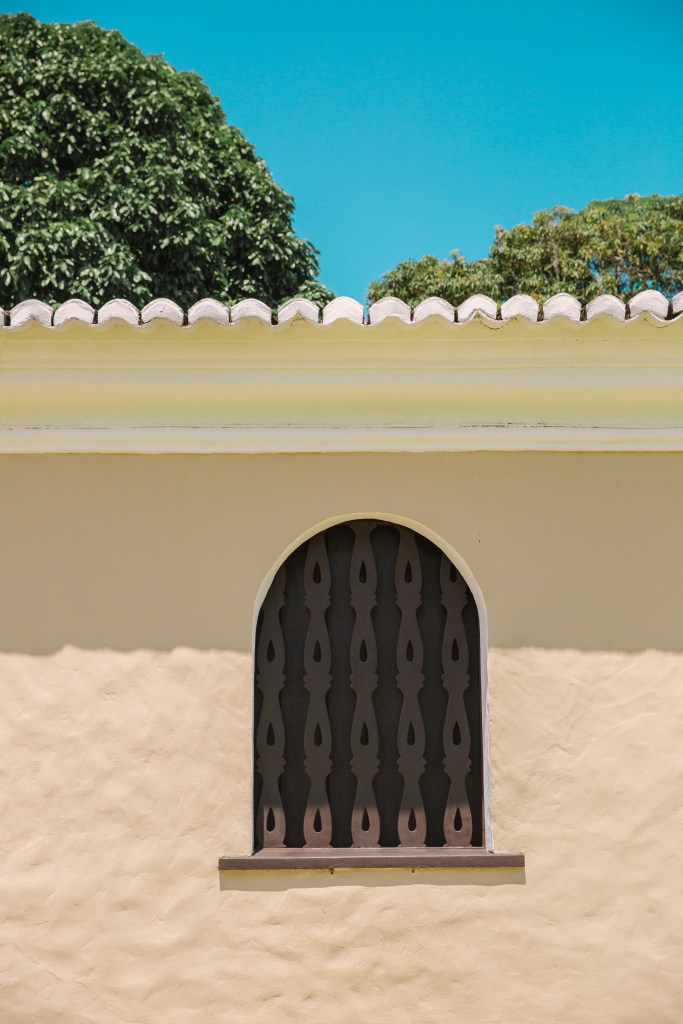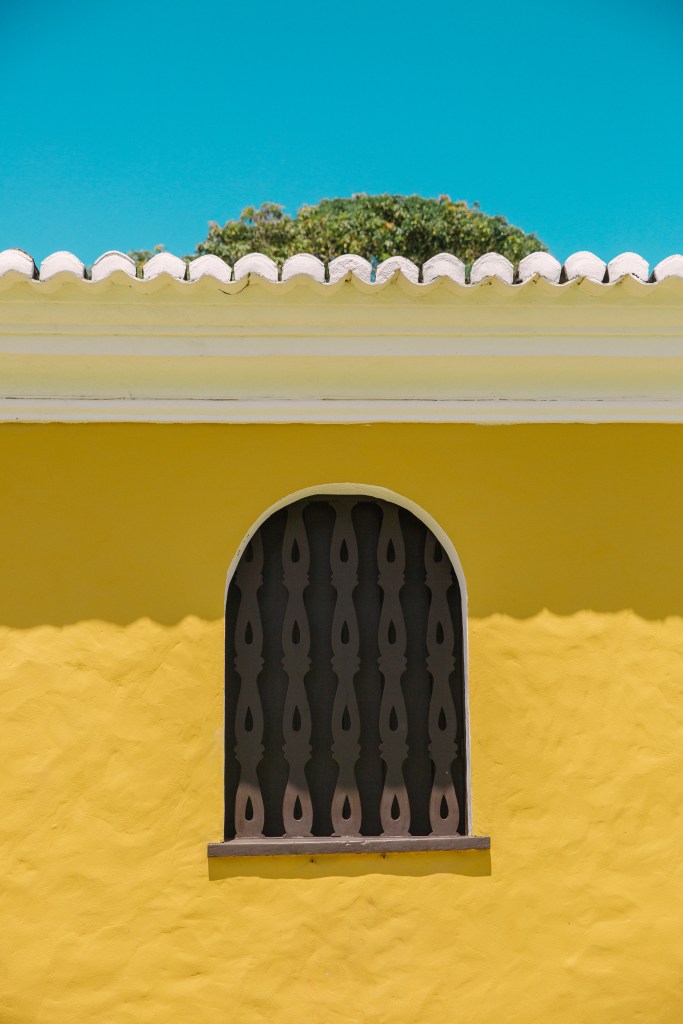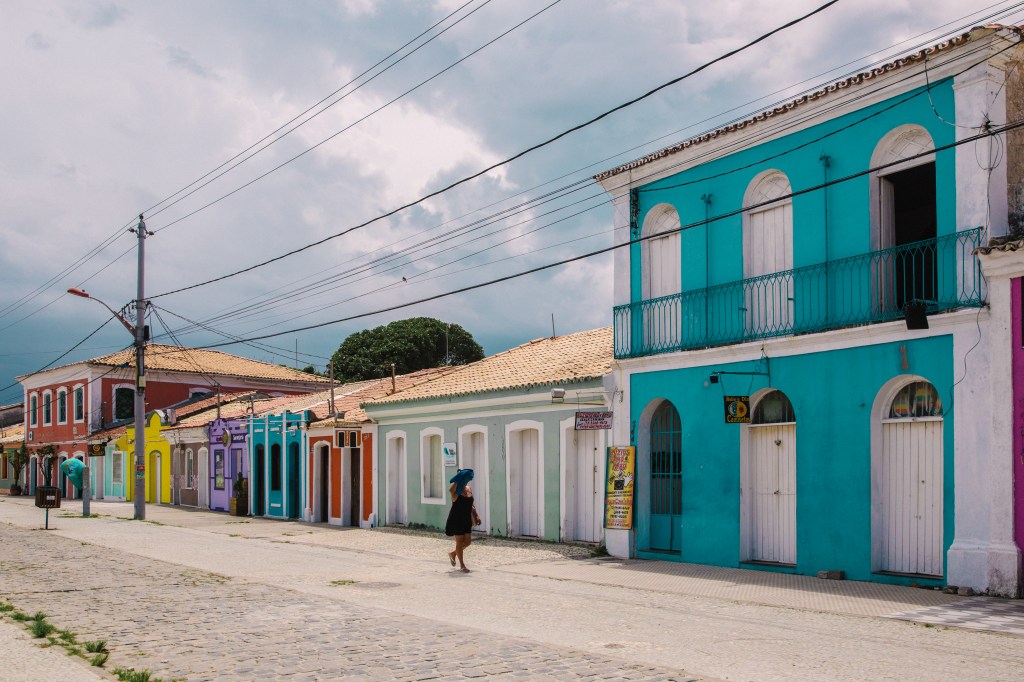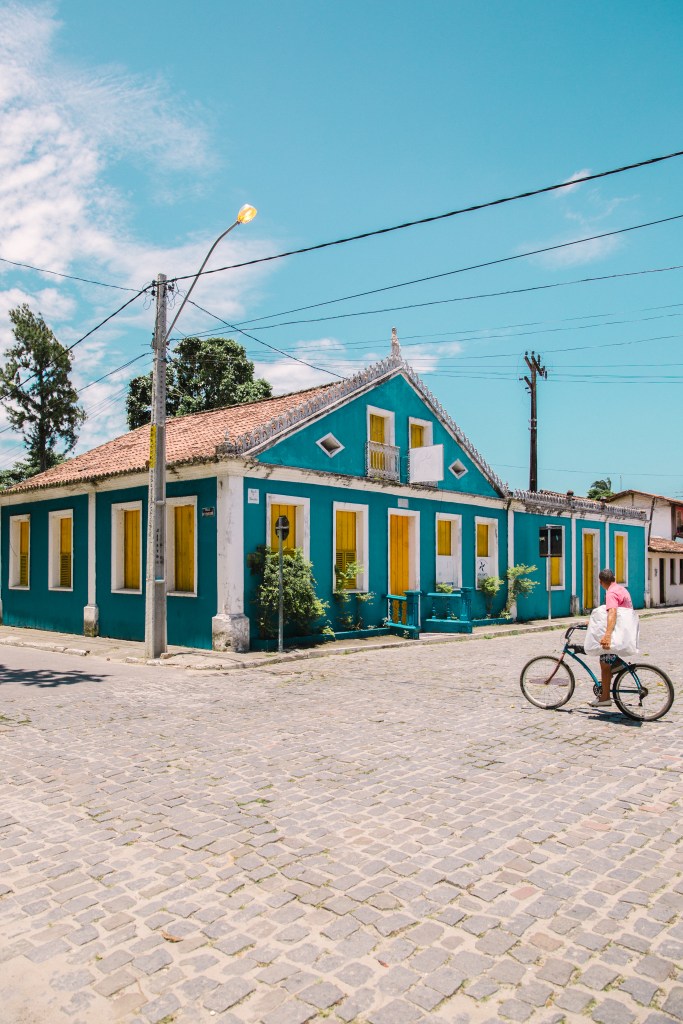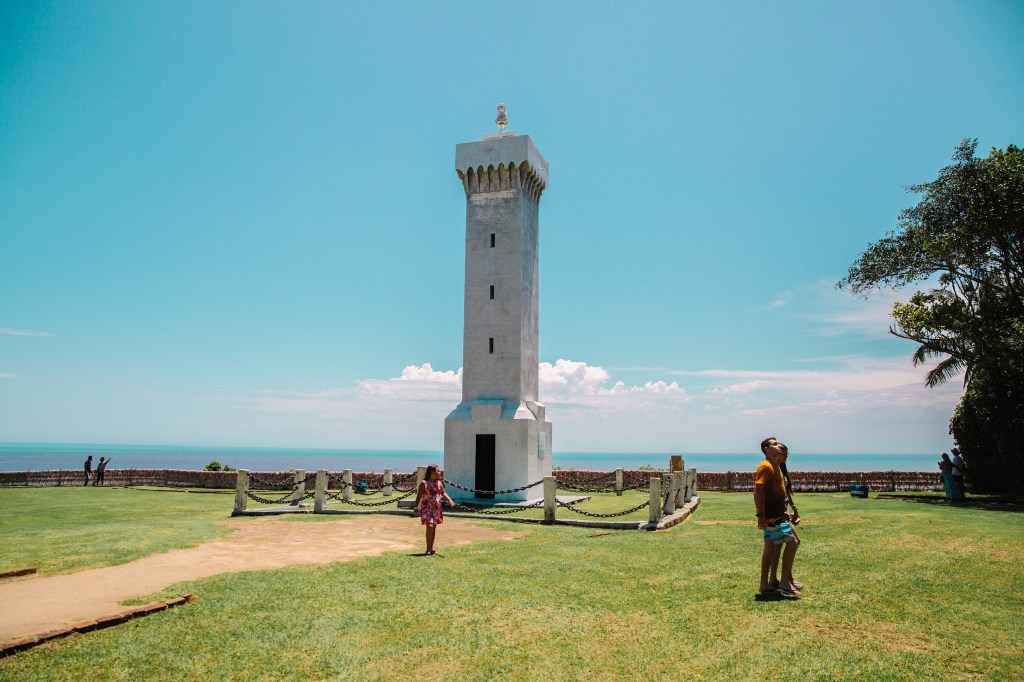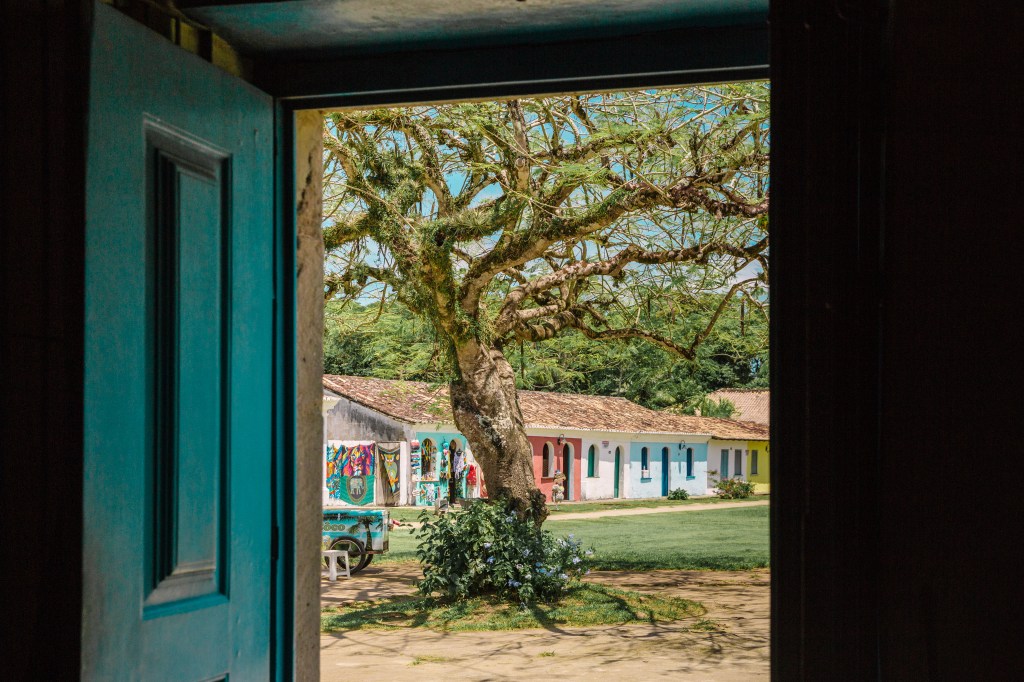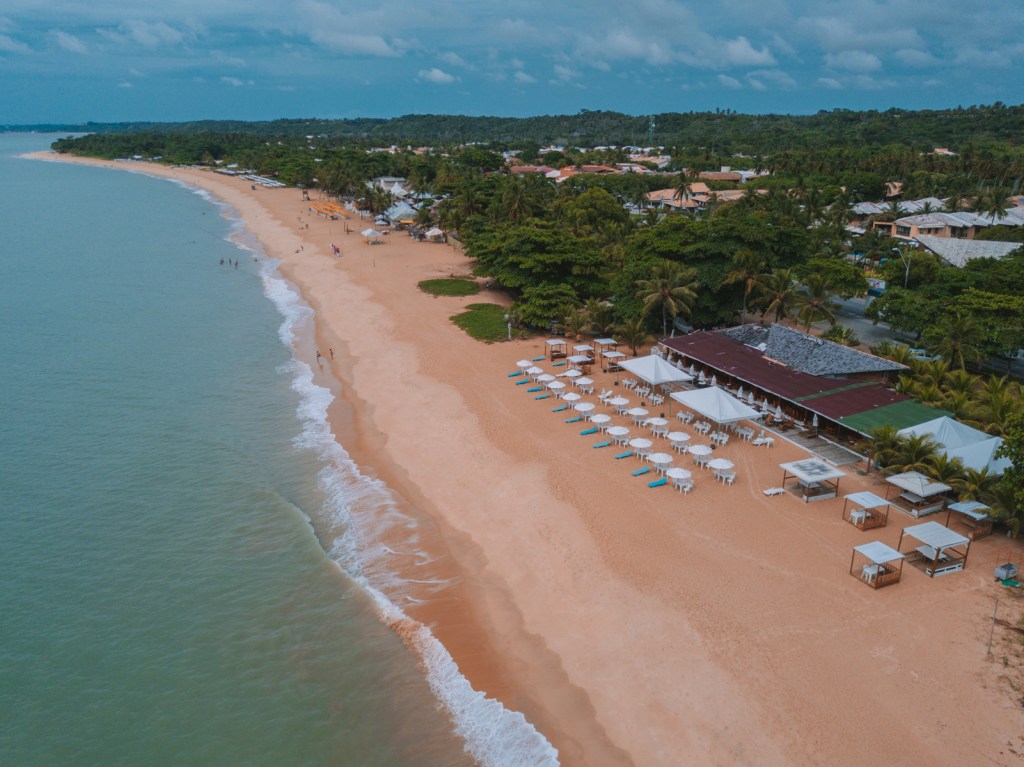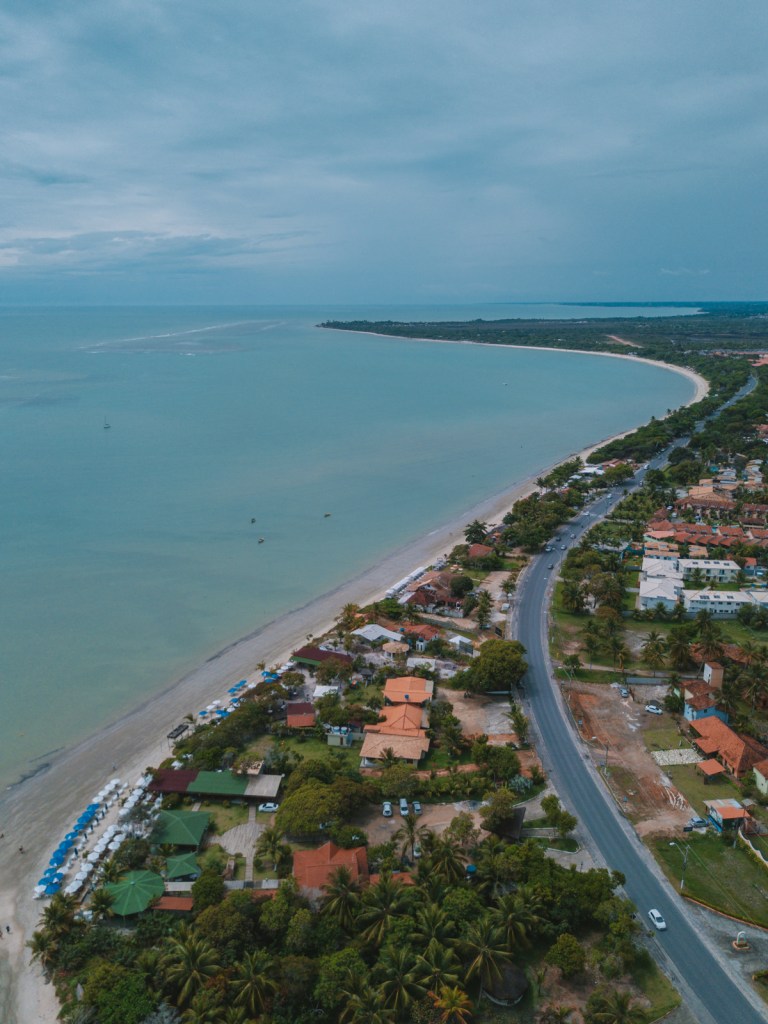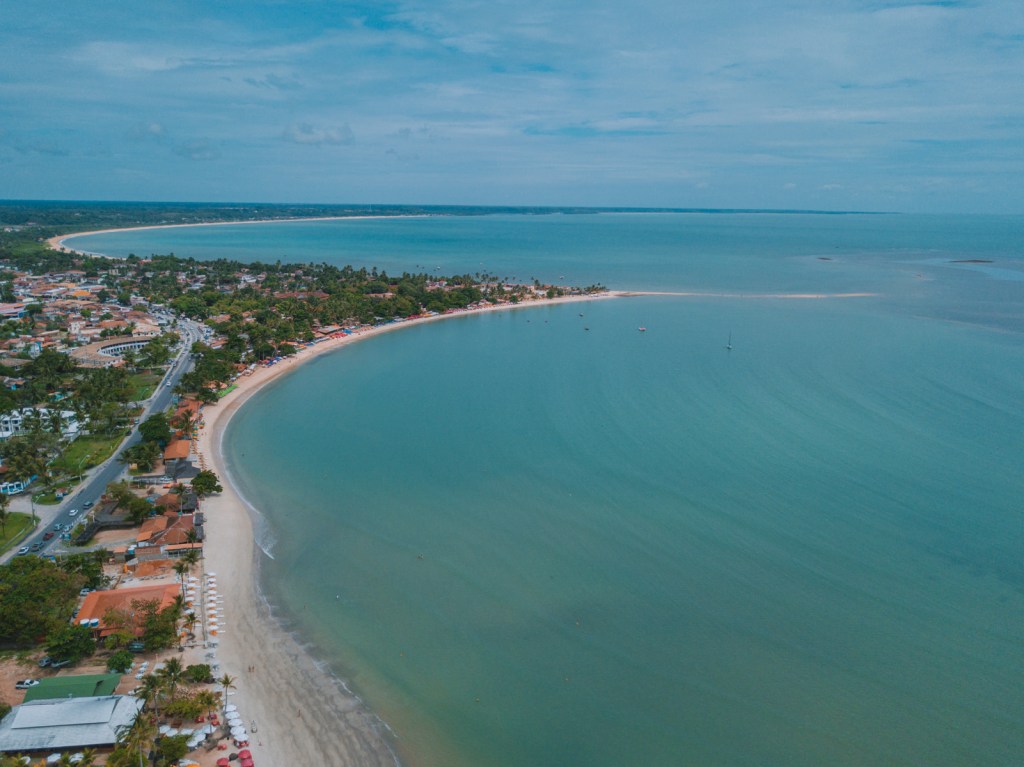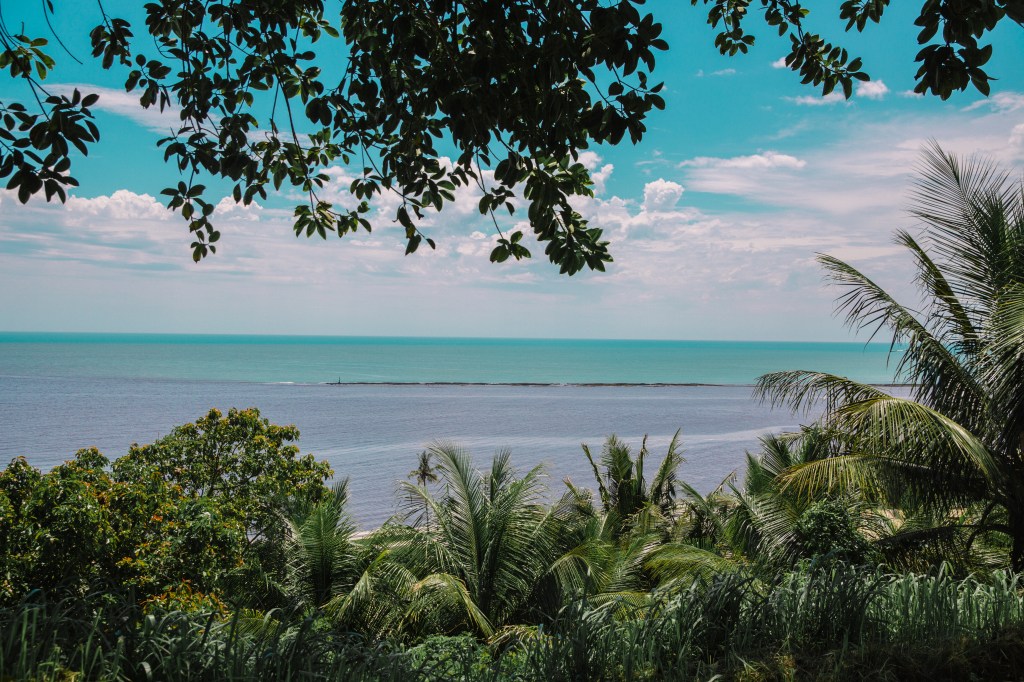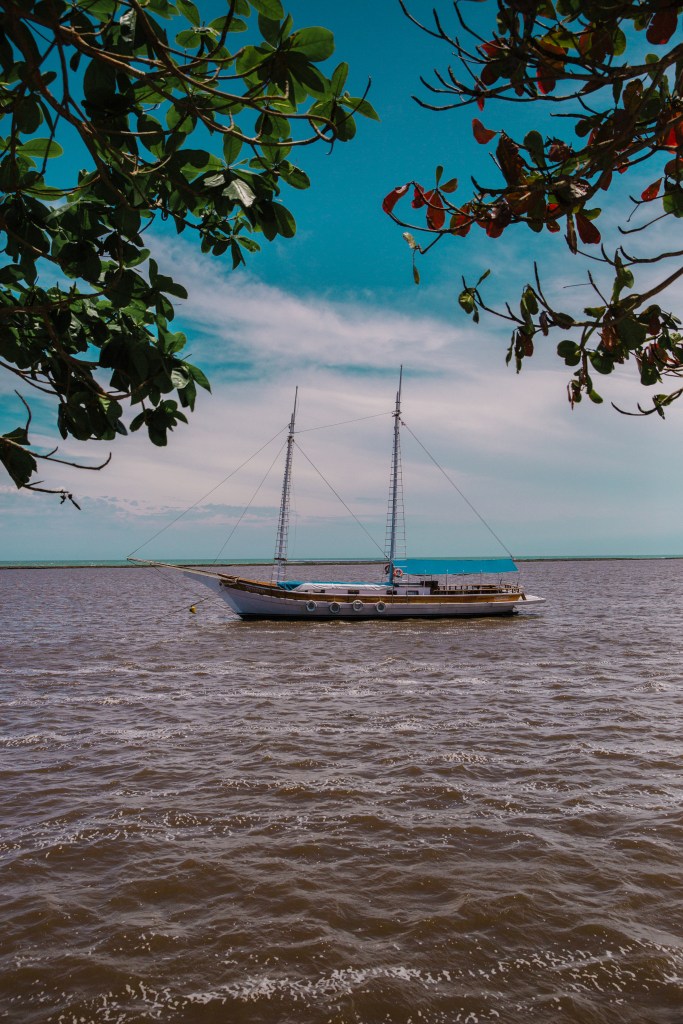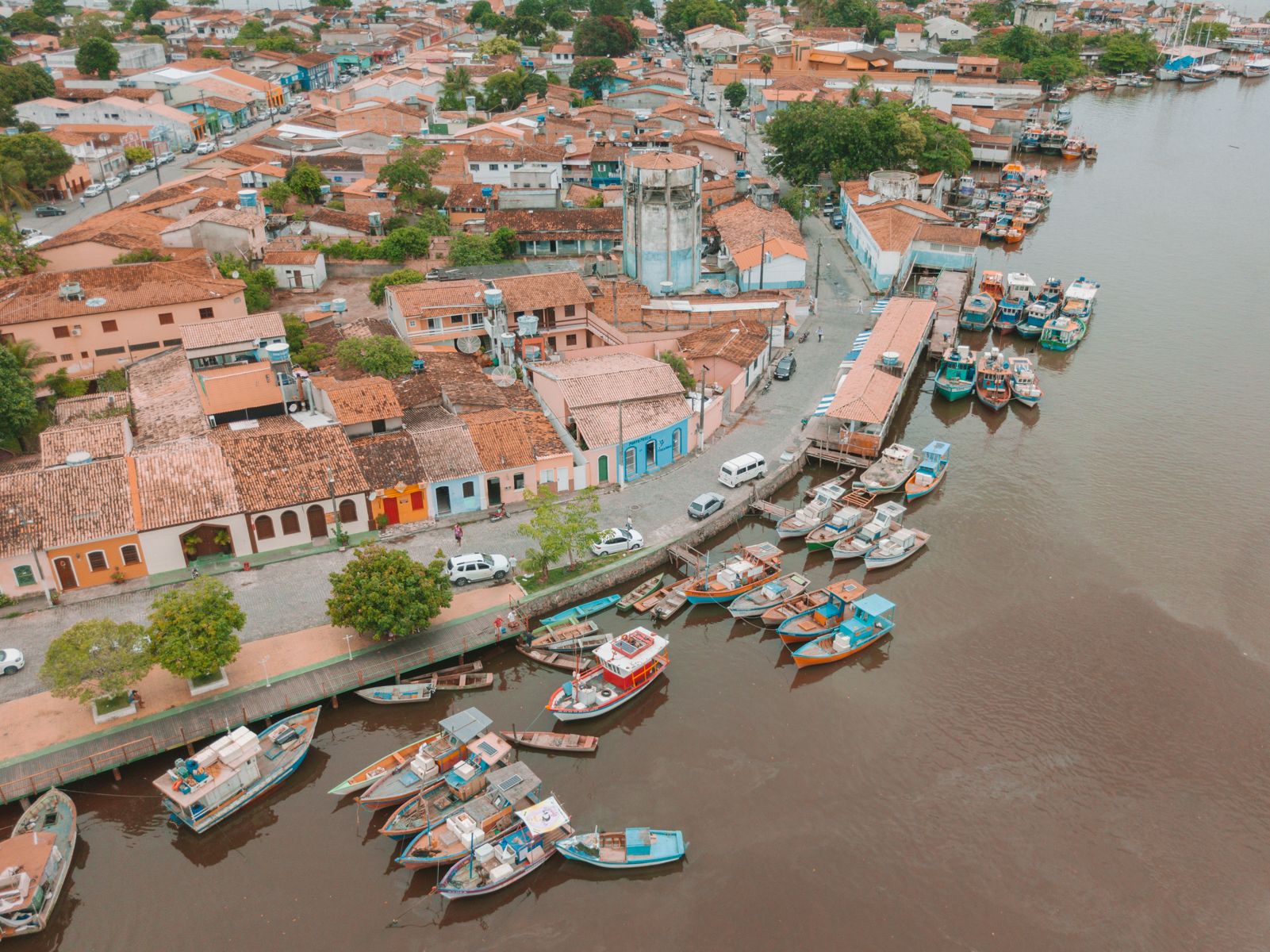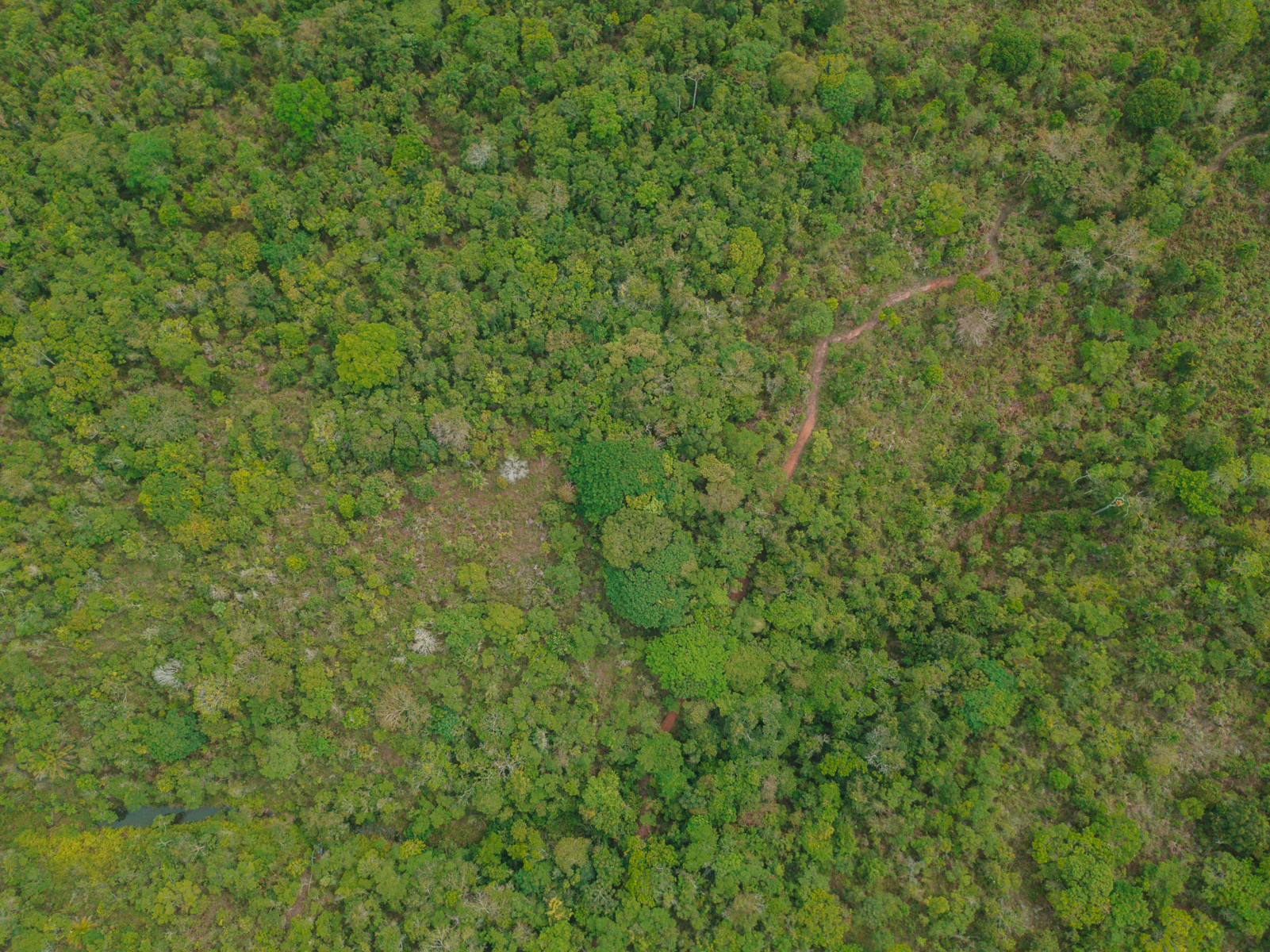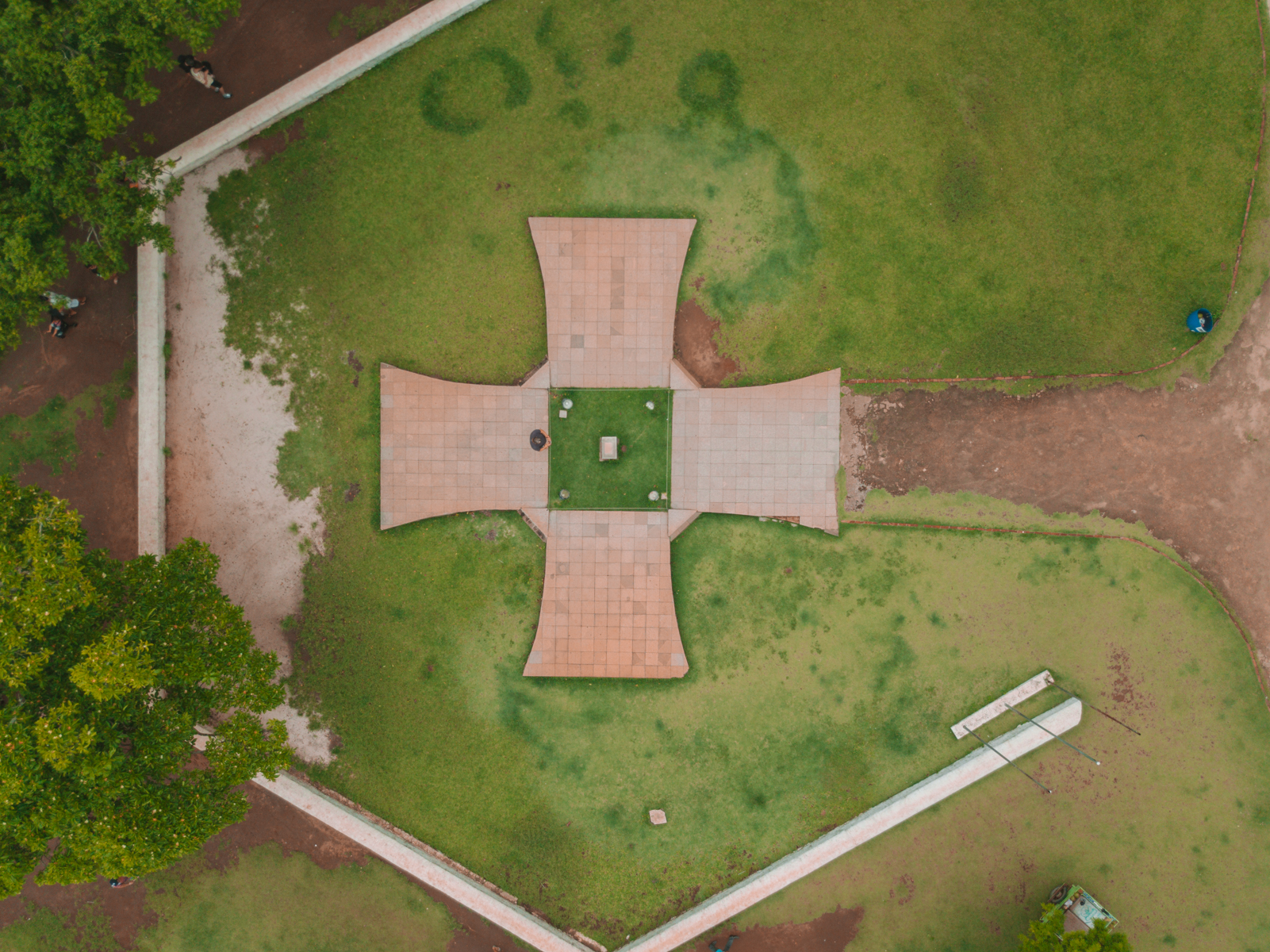The district of Porto Seguro
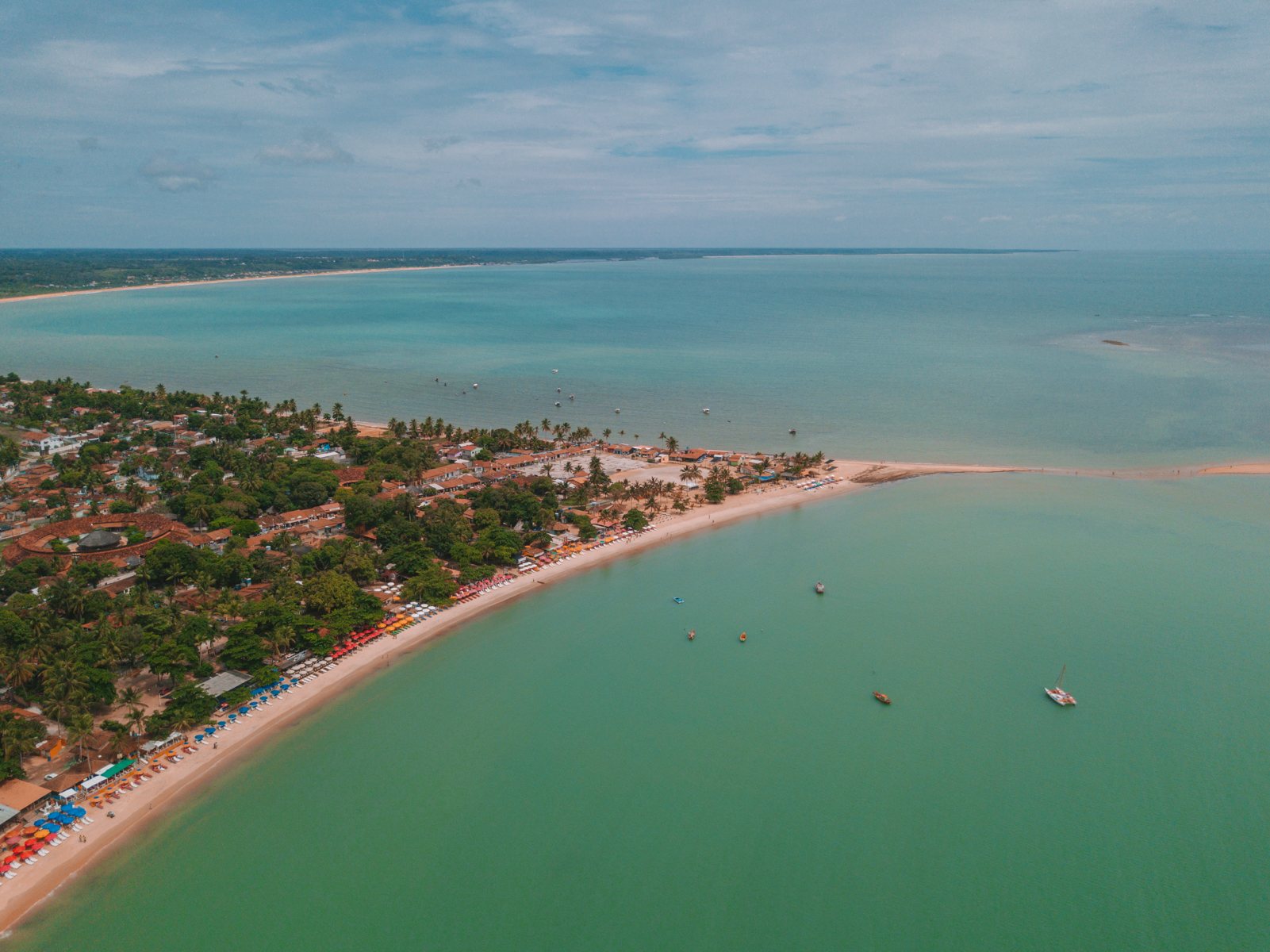
The arrival of Pedro Álvares Cabral exactly 16 km north of Porto Seguro, in Coroa Vermelha, is officially considered the first Portuguese landing in Brazil. Gateway to the region, the district of Porto Seguro, which gives the city its name, is the main tourist destination and starting point for those who want to explore the other three districts. During the colonial period, the city was home to the country’s main religious and civil buildings, structures that today pervades an important historical center that narrates the history of Brazil with its colorful 18th century colonial houses: the area has plenty of details alluding to the time of the Portuguese arrival.
It’s interesting that despite being an open-air museum, Porto Seguro is more rustic than many other cities in Bahia. In contrast to its vibrant nightlife, its streets are usually quite and calm during the day.
Most of the adventure and nature tours also leave directly from there, including whale watching, hiking trails and visitations to the main indigenous reserves. The North Shore is particularly charming, lined with white sand.
Historical Center
In the Avenida Beira Mar there are the Memorial da Epopeia do Descobrimento (“Epic of Discovery Memorial”), with a 1:1 scale replica of Pedro Álvares Cabral’s caravel, surrounded by a glass dome, the possession landmark, attributed to the expedition navigator Duarte Coelho in 1503.
In what is called Cidade Alta (High City), the Casa de Camêra e Cadeia (“House of Chamber and Jail”), from 1772, which houses the Museum of Porto Seguro, reclaims the culture of the indigenous peoples of the region and the colonization chronology. Also check out Igreja Nossa Senhora da Penha (“Lady of Sorrow Church”), built in 1535, and the Museum of Sacred Art, reopened in 2018, with furniture and religious historical objects.
In the Lower City is where the classic local crafts fair takes place, in addition to the well-known Passarela do Descobrimento (“Discovery Walkway”), one of the most famous postcards in Bahia. With a beautiful view of the pier, and opposite the encounter of Buranhém River with the sea, the place is filled with old warehouses and fishermen’s houses, which together form a mosaic of vibrant colors that make up an interesting assortment of bars, restaurants and shops.
Taperapuã
It is the most popular beach, home to the typical huge beach kiosks and can accommodate up to 10,000 people a day! Taperapuã has a variety of stages, restaurants and shops that offer everything from seafood lunches to luaus and dance lessons. On the beach, you can play beach volleyball, rent a kayak or ride a banana boat.
+ Beaches
Beyond Taperapuã is Mundaí Beach, where the calm atmosphere and quiet sea are sought after especially by families with children. Also noteworthy is Mutá Beach, where the sea is calm, and the restaurants and beach kiosks are charming.
Marine and Natural Parks
Boat rides that include equipment and snacks lead to the coral reefs of Recife de Fora Marine Park or Coroa Alta Marine Park, both with natural pools where you can see multicolored fish, sea urchins and starfish. Between July and October it’s possible to take tours to watch humpback whales that come to the coast of Bahia during this time of the year to reproduce.
Near the central part of the city is Reserva da Jaqueira (“Jaqueira Reserve”), a community that gathers about 30 families of the Pataxó ethnic group and provides an immersive day in the tribe’s culture, with typical clothing, paintings, stories and houses. In the recently inaugurated National Park of Pau Brasil, there are well-marked trails with stretches of Atlantic Forest and large areas of the tree that lent the country its name.

How to get there
Porto Seguro Airport welcomes direct flights from several cities in Brazil and neighboring countries, such as Argentina.

